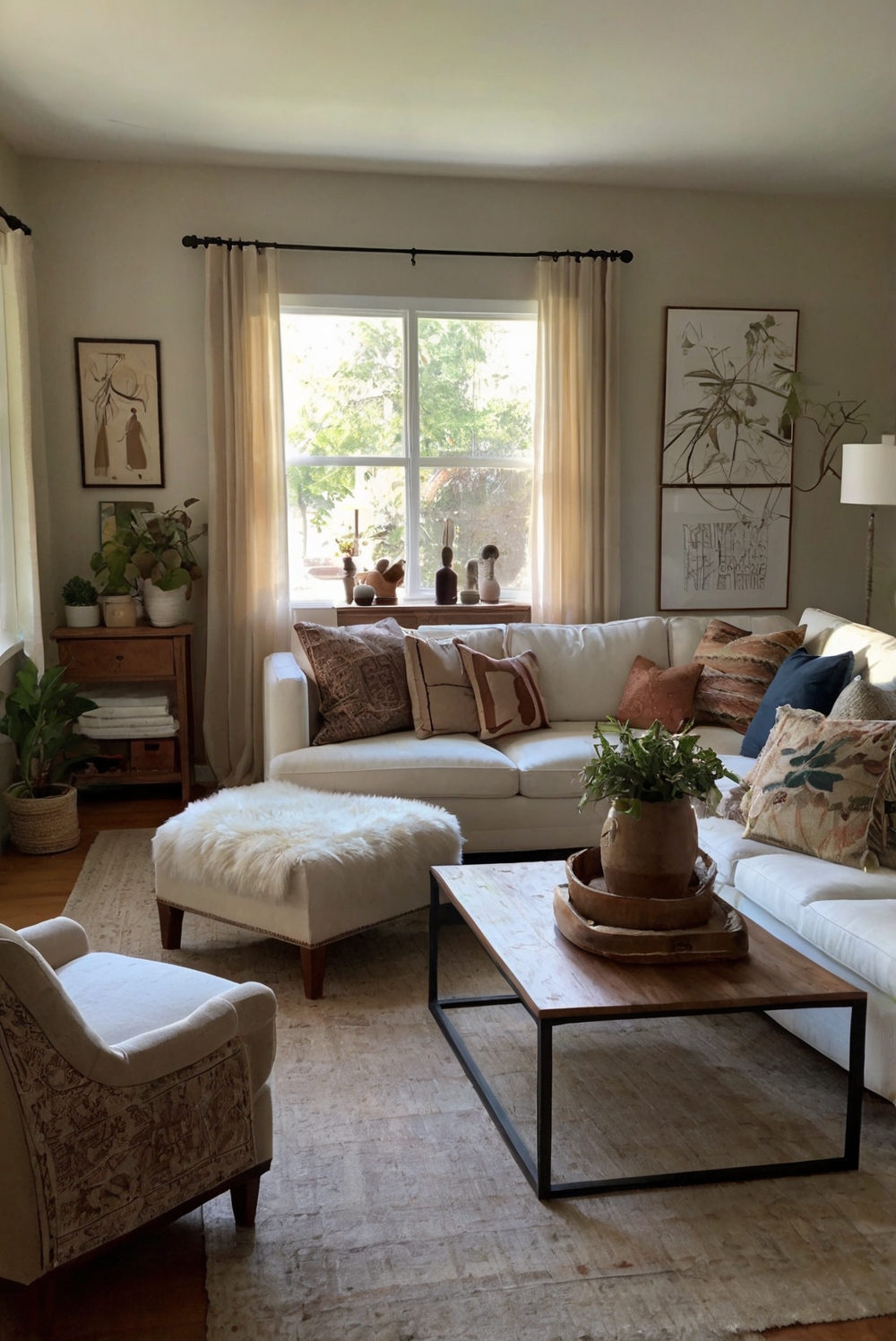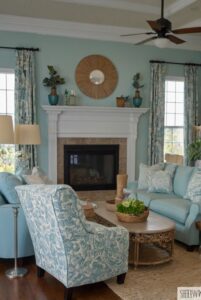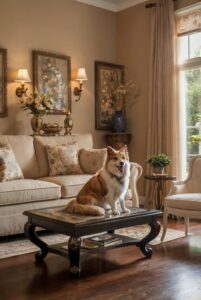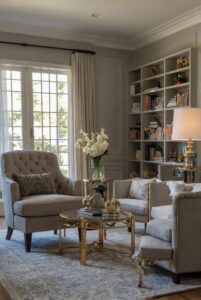Discover expert advice on arranging furniture in a living room with eclectic decor. Learn how to create a cohesive and visually appealing space with these practical tips.
**What are some tips for arranging furniture in a living room with eclectic decor?**
**Arrange furniture in a way that allows for easy movement around the room and encourages social interaction. Consider mixing and matching different styles, colors, and textures to create a cohesive look.**
**Make use of area rugs to define specific zones within the room and add visual interest.**
**Experiment with different furniture layouts until you find one that works best for your space and lifestyle. Consider incorporating multifunctional furniture pieces to maximize space in a smaller room.**
Consider the Functionality:
When arranging furniture in a living room with eclectic decor, it is essential to consider the functionality of the space. Determine how you will use the room and what activities will take place there. For example, if you plan to entertain guests frequently, make sure there is ample seating available. If the room will also serve as a workspace, create a designated area with a desk and comfortable chair. By understanding the purpose of the room, you can arrange the furniture in a way that best suits your needs.
Define a Focal Point:
Every room should have a focal point that draws the eye and anchors the space. In a living room with eclectic decor, the focal point could be a statement piece of furniture, a striking piece of art, or a unique architectural feature. Once you have identified the focal point, arrange the furniture around it to create a cohesive layout. This will help to balance the room and make it more visually appealing.
Balance Different Styles:
Eclectic decor is all about mixing styles, textures, and colors to create a unique and personalized space. When arranging furniture in a living room with eclectic decor, aim to balance different styles to achieve a harmonious look. Mix vintage and modern pieces, incorporate a variety of materials, and experiment with bold patterns and colors. By striking the right balance, you can create a visually stimulating and inviting environment.
Consider the Scale:
When arranging furniture in a living room with eclectic decor, it is important to consider the scale of the pieces. Avoid overcrowding the space with oversized furniture or filling it with too many small pieces. Instead, aim for a mix of large and small items that create visual interest and keep the room feeling balanced. Pay attention to the proportions of the furniture and how they relate to the size of the room to ensure a comfortable and cohesive layout.
Experiment with Layouts:
One of the benefits of eclectic decor is the freedom to experiment with different furniture layouts. Don’t be afraid to try out various arrangements to see what works best for your space. Consider creating multiple seating areas, using rugs to define different zones, or incorporating unexpected furniture pieces. By exploring different layouts, you can discover unique and creative ways to arrange your furniture that reflect your personal style.
1. How can I incorporate a variety of furniture styles in an eclectic living room arrangement?
In an eclectic living room, mix and match different furniture styles to create a dynamic and visually interesting space. Start by selecting a focal point, such as a statement sofa or a bold rug, and then build around it with complementary pieces in various styles. For example, pair a modern coffee table with a vintage armchair or mix in some rustic elements with sleek, contemporary furniture. Experiment with different textures, colors, and shapes to create a cohesive yet eclectic look that reflects your personal style and preferences.
2. What are some layout strategies for arranging furniture in an eclectic living room?
When arranging furniture in an eclectic living room, consider the flow of the space and how you want it to function. Start by creating different zones for seating, conversation, and relaxation. Place larger pieces like sofas and armchairs against walls to anchor the room, and then add smaller accent pieces like side tables and ottomans to balance out the space. Don’t be afraid to experiment with non-traditional furniture arrangements, such as placing a dining table in the living room or using a bookshelf as a room divider. Be mindful of traffic flow and ensure that there is enough space for movement between furniture pieces.
3. How can I balance the mix of colors and patterns in an eclectic living room arrangement?
In an eclectic living room, embrace the mix of colors and patterns to create a vibrant and lively space. Start by selecting a color palette that ties together the different elements in the room, such as bold jewel tones, earthy neutrals, or bright primary colors. Use patterns sparingly to avoid overwhelming the space and create visual interest by mixing different scales and styles of patterns. For example, pair a large floral print sofa with a geometric rug or mix in some stripes and plaids for added texture. Balance out bold patterns with solid-colored pieces to create a harmonious and cohesive look that feels cohesive and inviting.
4. How can I incorporate different textures in an eclectic living room arrangement?
Incorporating a variety of textures is key to creating a cozy and inviting atmosphere in an eclectic living room. Mix and match different materials such as wood, metal, glass, and textiles to add depth and visual interest to the space. Consider incorporating natural elements like rattan, jute, or leather to bring warmth and tactile appeal to the room. Play with contrasting textures, such as pairing a plush velvet sofa with a sleek metal coffee table or layering a faux fur throw over a leather armchair. Experiment with different textures to create a sensory-rich environment that feels layered and inviting.
5. How can I create a cohesive look in an eclectic living room arrangement?
Creating a cohesive look in an eclectic living room involves balancing the mix of styles, colors, and textures to create a harmonious and visually appealing space. Start by selecting a unifying element, such as a color palette, theme, or focal point, to tie together the different elements in the room. For example, choose a dominant color and use it throughout the space in varying shades and tones to create a sense of continuity. Mix and match furniture styles, but aim to create a sense of balance and symmetry in the overall arrangement. Use rugs, curtains, and accessories to bring cohesion to the space and create a cohesive look that feels intentional and well-curated.




